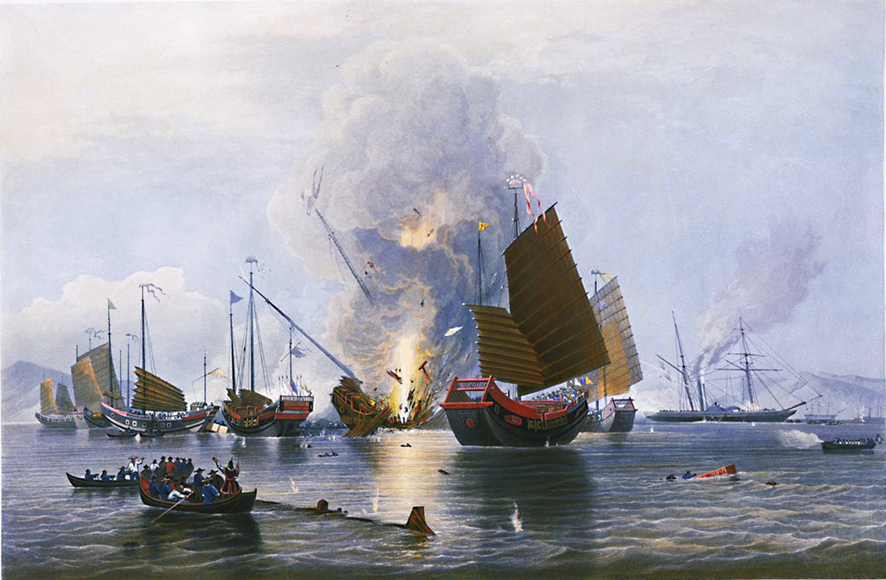A story about (Heyazumi) living in your 20s without paying and then taking over as head of the family ~ Nariaki Mito and Naosuke Ii
- 羽場 広樹

- Dec 26, 2023
- 4 min read
On the eve of the Meiji Restoration, the two men fought fiercely as leaders of the Joi (antiforeign sentiment) movement and the opening of the country movement, but both spent a long time living without paying, until their brother's death forced them to take center stage. Heyazumi refers to a spare heir who is not able to be adopted, receiving small salary, and kept in case of emergencies, but there is no guarantee when his turn will come, and he has much spare time. It would take a great deal of determination and courage to spend this amount of time on studying, martial arts, and accumulating knowledge. Both men were great rulers in the sense of properly managing the country and preparing for crises, and I believe that both the expulsion of Joi and the opening of the country had the same goal of ``how to protect Japan.'' These two men, who came into the world before and after the Opium War, could be said to have been indispensable in the infancy of the nation's unification led by the Meiji Restoration.
Nariaki Tokugawa was the third son of Harutoshi, the 8th lord of the Mito domain. His eldest brother Narinobu was the lord of the domain, and his second brother Yorihiro Matsudaira was adopted by the Takamatsu domain. The Takamatsu domain was founded by Mitsukuni's older brother Yorishige. Mitsukuni adopted his own son to Yorishige, and the succession of the Mito domain was handed over to Yorishige's son. The Mito domain also had a branch domain called the Shishido domain, which was inherited by his younger brother Yorikata, so Nariaki stood by as his brother's spare. During that time, he received the tutelage of Seishisai Aizawa, an authority on Mito studies(one of Japanese classics), and became the leader of the Sonno-joi movement (revere the Emperor and expel the foreigners), but what is interesting is that he was not just an inflexible Joi sect. He was very curious and sought out a wide range of knowledge, and had a strong knowledge of education and culture, such as the establishment of Kodokan (domain school) and the maintenance of Kairakuen (park). He prepared cannons and ammunition for the defense of Edo, and produced the Colt guns brought in by Commodore Perry. His favorite foods were beef and milk. Furthermore, Nariaki was a wealthy man and the father of 19 sons and 15 daughters. Many of his adult sons were adopted by powerful feudal lords throughout Japan, and his seventh son became the 15th Shogun Yoshinobu.
Naosuke Ii was 15 years younger than Nariaki and was born as the 14th son of the 14th feudal lord. He was born after his third son, Naosuke, took over as the lord of the domain, and his 11th son, Naomoto, was a spare, so he spent his 20s at risk of living in a room for the rest of his life, but when he was 32 years old, When Naomoto died, he became the crown prince and finally became the lord of the domain at the age of 35. Nariaki's Kokugaku teacher, who was equivalent to Seishisai Aizawa, was Yoshinobu Nagano, who was still in the country, but after Naosuke inherited the headship of the family, he appointed him as a samurai of the Hikone clan, and his students solidified important positions in the domain. After Perry's arrival, the shogunate concluded two treaties (the Treaty of Peace and Amity and the Treaty of Amity and Commerce) in the 1850s, and the yoke of these unequal treaties became a major diplomatic issue for the Meiji government. It is certain that they provided a great deal of energy to catch up, and by the time they died in 1860, the debate over whether or not to open the country as an ideology had almost come to an end, and for the next seven years until the Meiji Restoration, it was used as material for political controversy between the two parties - the Tokugawa shogunate and the new government's reserve people.
The decisive rupture between the two was that the Japan-US Treaty of Amity and Commerce (1858) was signed without imperial permission, and Nariaki went to Edo Castle with the lords of Echizen, Mito, and Owari to question Naosuke. However, after that, the Mass Execution of the Ansei Era began, and Nariaki was forced into permanent exile, ending his political life. A year and a half later, Naosuke Ii was killed in the Sakuradamongai (outside of Sakurada gate of Edo castle) Incident (1860), and six months later, Nariaki also passed away from a myocardial infarction.
The 1840s began with the Opium War, the 1850s began with the death of Lin Zexu and the arrival of Perry, and the 1860s saw the death of Nariaki Tokugawa and Naosuke Ii, ushering in the Meiji Restoration. There is no doubt that what was discussed and prepared over the past 30 years was an important milestone for the nation of Japan.
Nariaki Tokugawa seems to have sent a letter to Shungaku Matsudaira, saying that you should lead the opening of the country (though as the leader of the Sonno-Joi movement, I cannot do it myself). Although Japan was divided into enemies and allies in the rigid system of feudal society, it was a nation's good fortune to be able to produce the next generation of people who would succeed Nariaki and Naosuke.










Comments